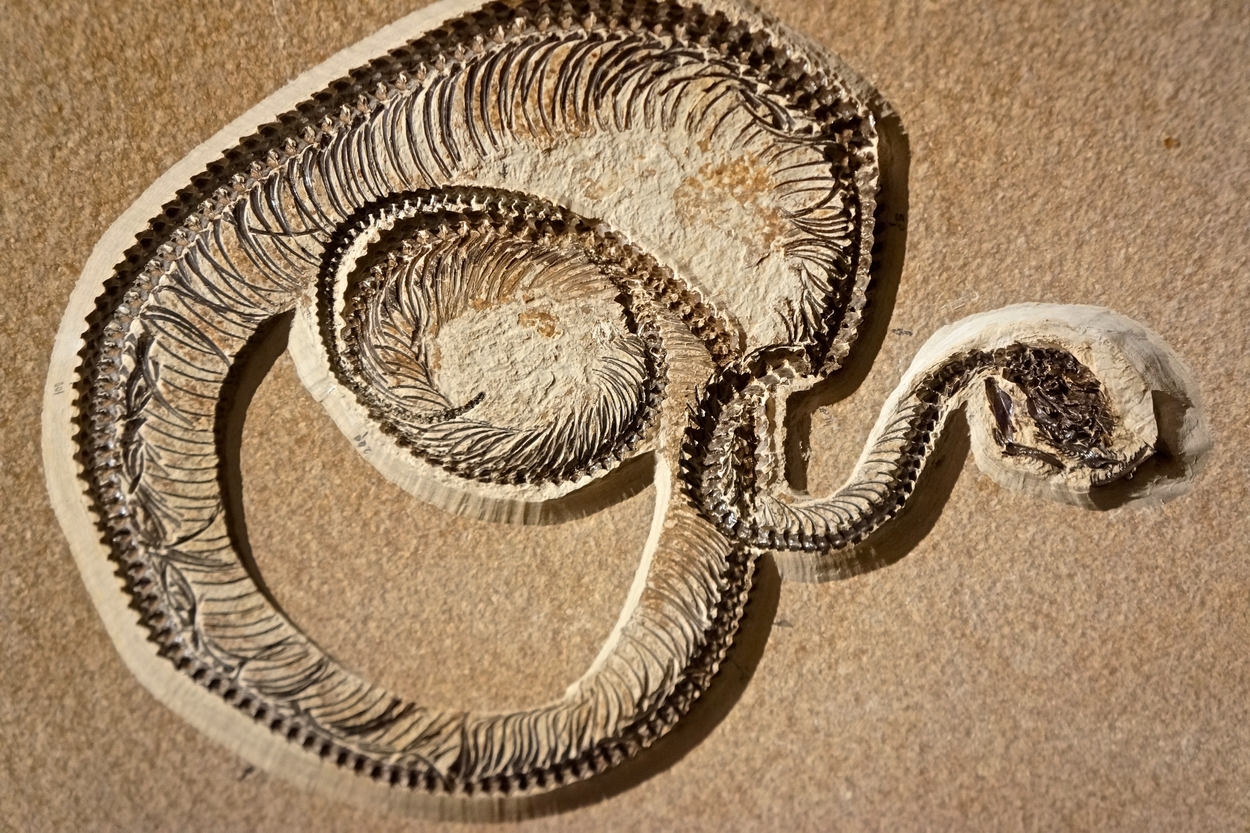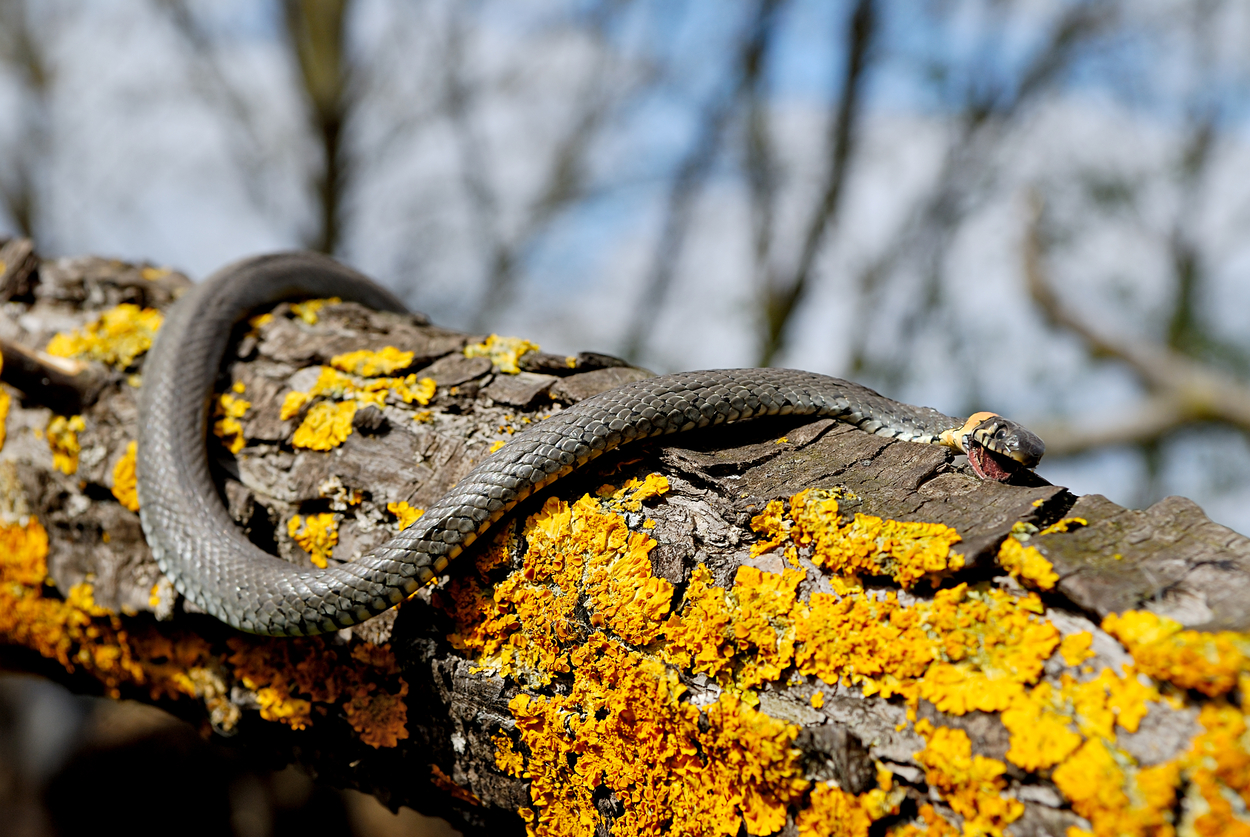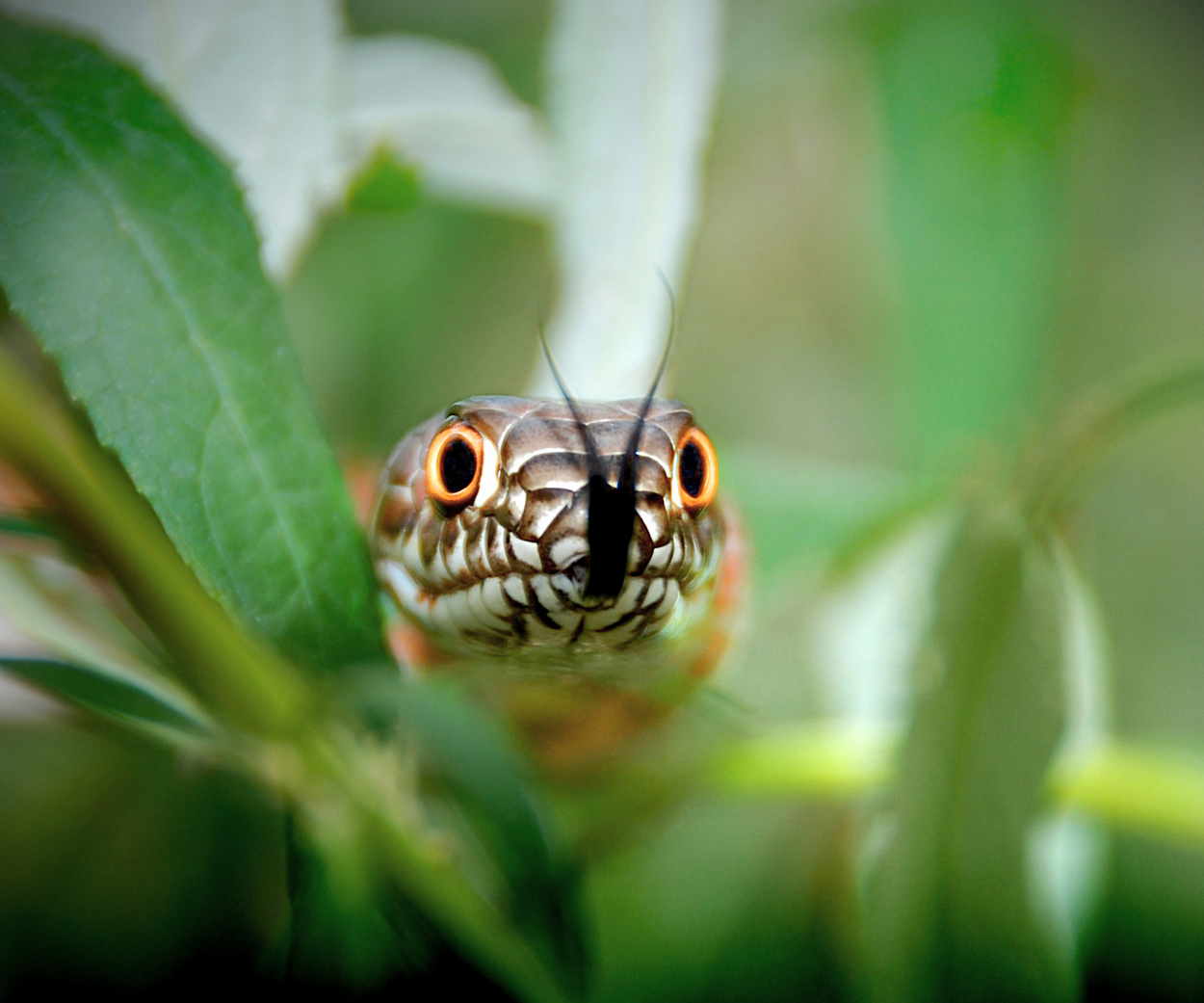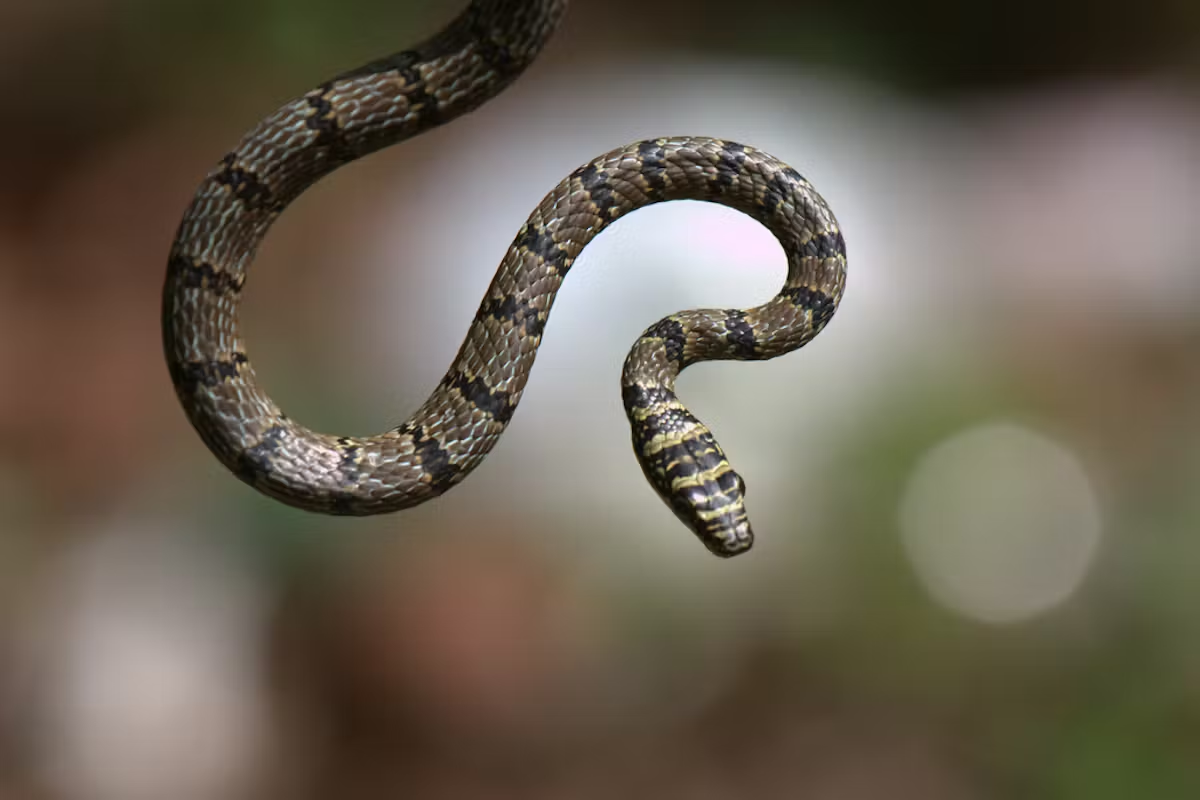Six shocking facts about snakes you probably didn’t know
Slithering through jungles, deserts, and backyards, snakes can be found in every continent on Earth except Antarctica. While many worldwide are startled by their stealth and sudden appearance on a hiking trail or in a garden, all species of snakes are crucial to the balance of life in their ecosystems. Here are six surprising facts about snakes that will help render a sense of appreciation.
1. There are over 3,700 snake species
According to the latest count, there are 3,789 snake species worldwide. This number continues to rise, too, as more species are discovered all the time. The most recent was the Phalotris shawnella, a stunning orange, brown, and red burrowing snake found in Paraguay in May of 2022.

Fossil of a coiled snake.
2. Snakes evolved over 142 million years ago
While it is hard to pinpoint when precisely snakes came to be on our planet due to their fragile skeletons, snakes first appeared in the fossil record during the Cretaceous period. Scientists believe this makes snakes anywhere from 98 to 142 million years old. Perhaps most shocking, though, is that this makes them a younger species than other reptiles such as crocodiles, lizards, and turtles.

Sea snake hunting on a grassy seabed, south Pacific ocean, New Caledonia.
3. Some live in the sea
Most snakes live on land, but about 70 species of snakes live in the Indian and Pacific Oceans. Despite looking similar to their land-dwelling cousins, sea snakes are fully adapted to aquatic life and cannot move on land. The only exception is sea kraits (Laticauda), but they still have minimal land mobility.

A snake laying on a tree basking in the sun.
4. Snakes are “solar-powered”
Contrary to the popular label that snakes are “cold-blooded,” their blood isn’t actually cold but derives its warmth from an external source. The term is ectothermic, meaning outside factors like the sun regulate their body temperature.

A snake flicking its tongue.
5. Their tongues smell
Rather than using their nostrils to take in smells, snakes flick out their tongues. They have a unique structure called the Jacobson’s organ on the roof of their mouth, which enables them to pick up scent molecules through their tongues. The split in their tongues furthers this ability, allowing them to use multiple receptors to pick up different amounts of chemical cues.
.jpeg)
European Ratsnake during daytime in Malta.
6. Essential to their ecosystems
As predators, snakes keep prey populations in balance. Without them, the food chain would collapse, overrunning many ecosystems with small mammals, rodents, birds, amphibians, and insects. Their presence is an absolute necessity to maintain their respective environments.
Snakes may have a maligned reputation in Western cultures worldwide, but they play a vital role in the health of our shared planet. They are evolutionary wonders that have adapted to almost every habitat on Earth and have stood the test of time - despite having no legs!
Explore Earth's bioregions

